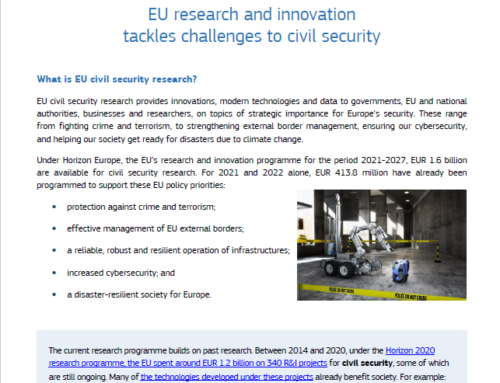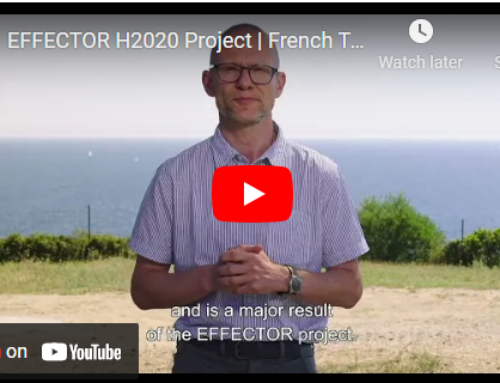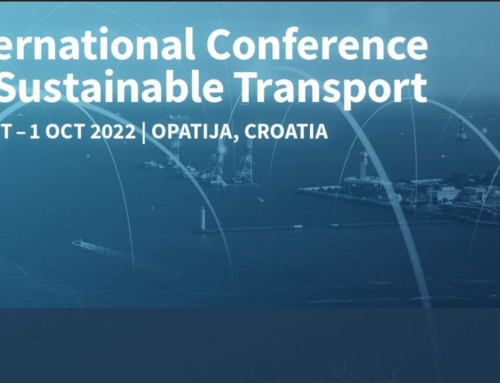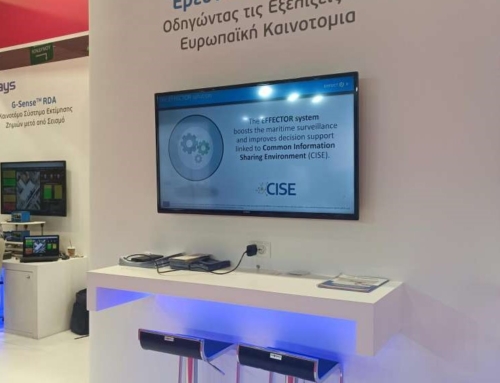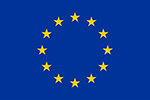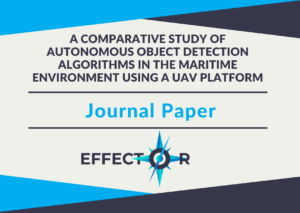 The EFFECTOR Journal paper entitled “A Comparative Study of Autonomous Object Detection Algorithms in the Maritime Environment Using a UAV Platform” was officially published in MDPI’s Computation magazine on March 15th, 2022.
The EFFECTOR Journal paper entitled “A Comparative Study of Autonomous Object Detection Algorithms in the Maritime Environment Using a UAV Platform” was officially published in MDPI’s Computation magazine on March 15th, 2022.
The paper is under open access status and you can find it at: https://www.mdpi.com/2079-3197/10/3/42
DOI: https://doi.org/10.3390/computation10030042
The paper was created by our partners from ICCS
A Comparative Study of Autonomous Object Detection Algorithms in the Maritime Environment Using a UAV Platform
Journal paper, Special Issue: Computation and Analysis of Remote Sensing Imagery and Image Motion
Abstract of the paper
Maritime operations rely heavily on surveillance and require reliable and timely data that can inform decisions and planning. Critical information in such cases includes the exact location of objects in the water, such as vessels, persons, and others. Due to the unique characteristics of the maritime environment, the location of even inert objects changes through time, depending on the weather conditions, water currents, etc. Unmanned aerial vehicles (UAVs) can be used to support maritime operations by providing live video streams and images from the area of operations. Machine learning algorithms can be developed, trained, and used to automatically detect and track objects of specific types and characteristics. EFFECTOR is an EU-funded project, developing an Interoperability Framework for maritime surveillance. Within the project, we developed an embedded system that employs machine learning algorithms, allowing a UAV to autonomously detect objects in the water and keep track of their changing position through time. Using the on-board computation unit of the UAV, we ran and present the results of a series of comparative tests among possible architecture sizes and training datasets for the detection and tracking of objects in the maritime environment. We tested architectures based on their efficiency, accuracy, and speed. A combined solution for training the datasets is suggested, providing optimal efficiency and accuracy.
Keywords: maritime; maritime environment; UAV; UxV; object detection; object tracking; machine learning; situational awareness; computer vision


